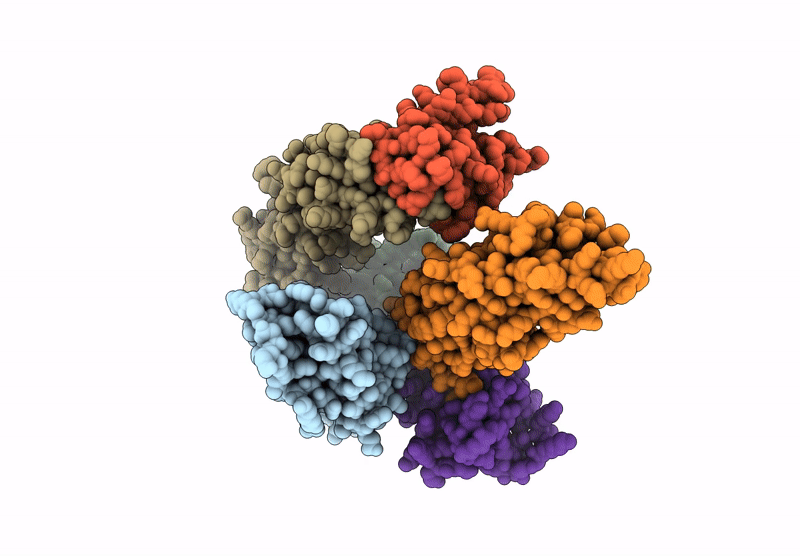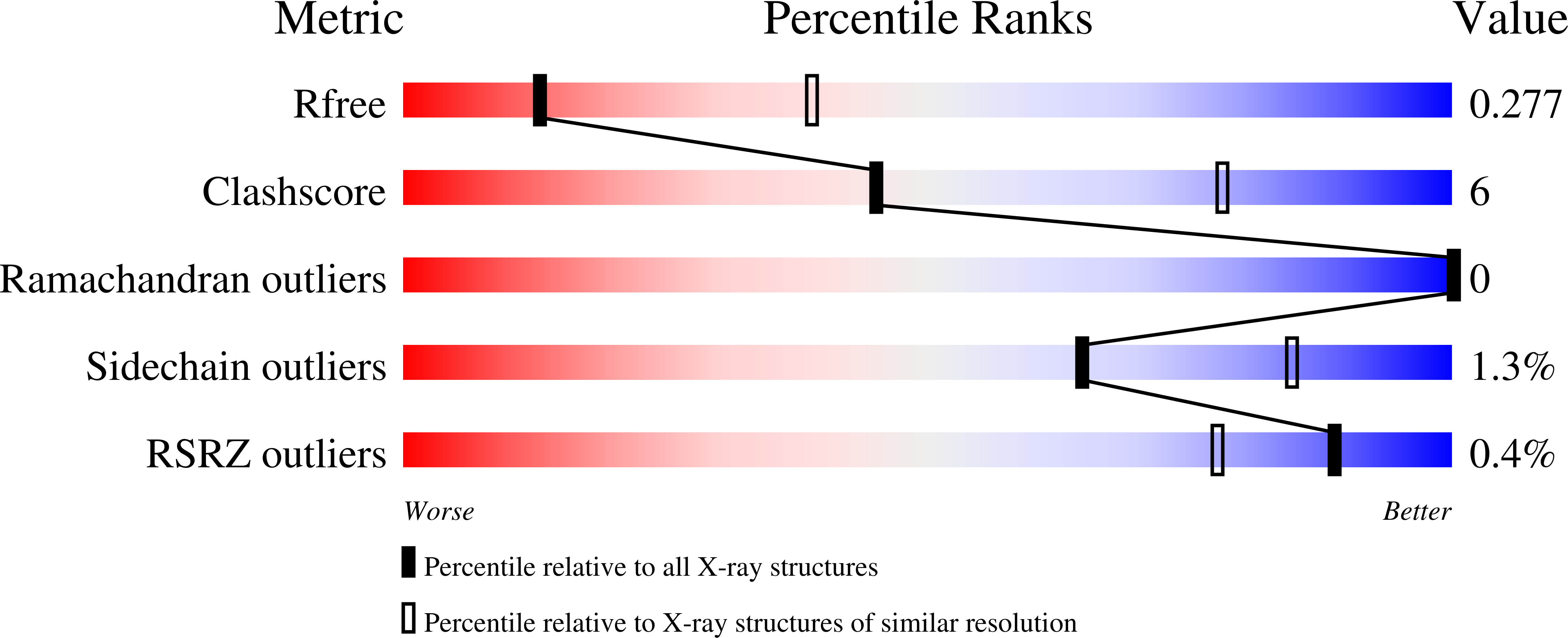
Deposition Date
2024-11-03
Release Date
2024-12-18
Last Version Date
2025-10-22
Entry Detail
PDB ID:
9HAF
Keywords:
Title:
Dust mite allergen Der f 7 with computationally designed DerF7_b2 binder
Biological Source:
Source Organism:
Dermatophagoides farinae (Taxon ID: 6954)
synthetic construct (Taxon ID: 32630)
synthetic construct (Taxon ID: 32630)
Host Organism:
Method Details:
Experimental Method:
Resolution:
2.99 Å
R-Value Free:
0.27
R-Value Work:
0.22
R-Value Observed:
0.22
Space Group:
C 1 2 1


